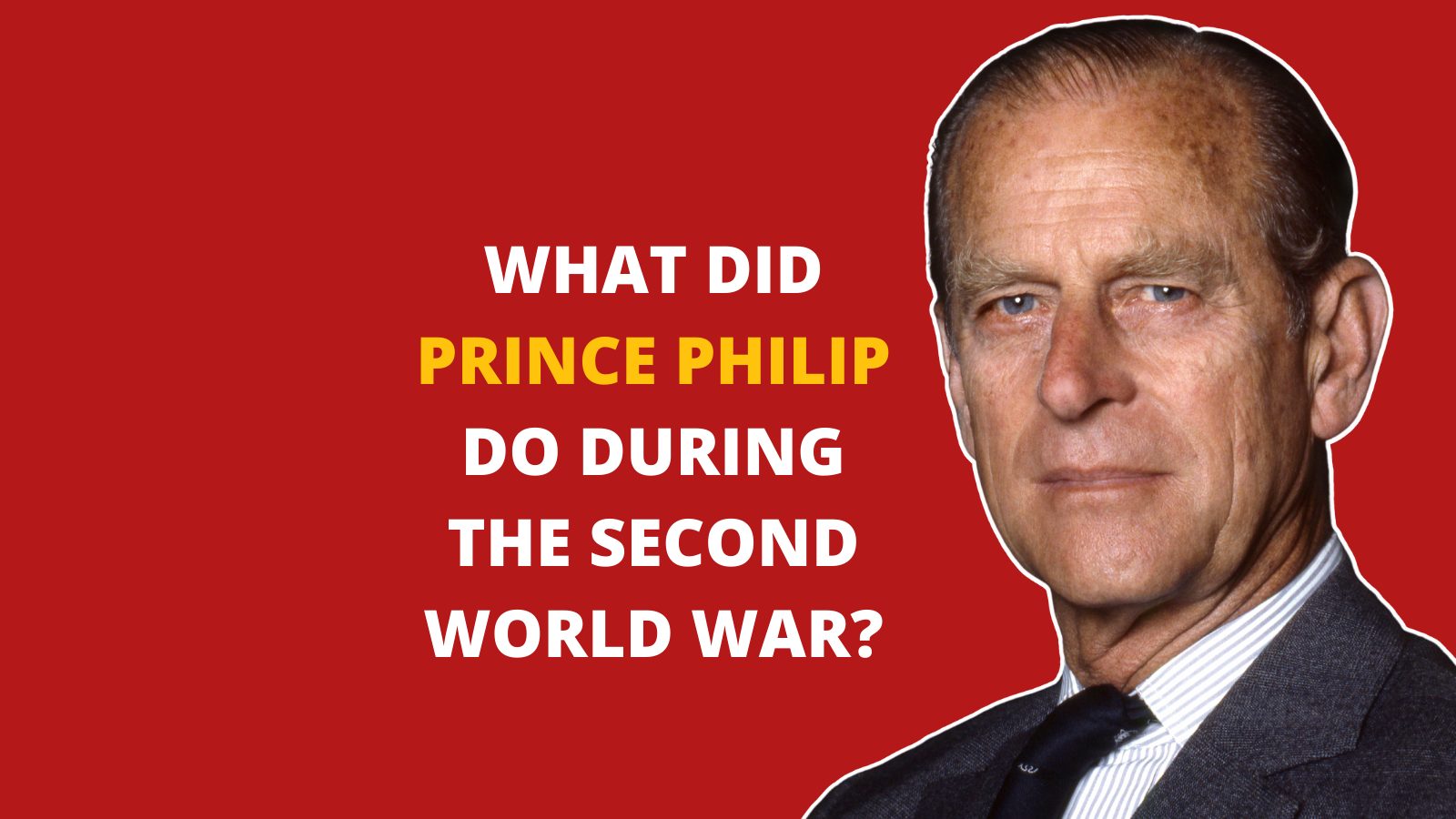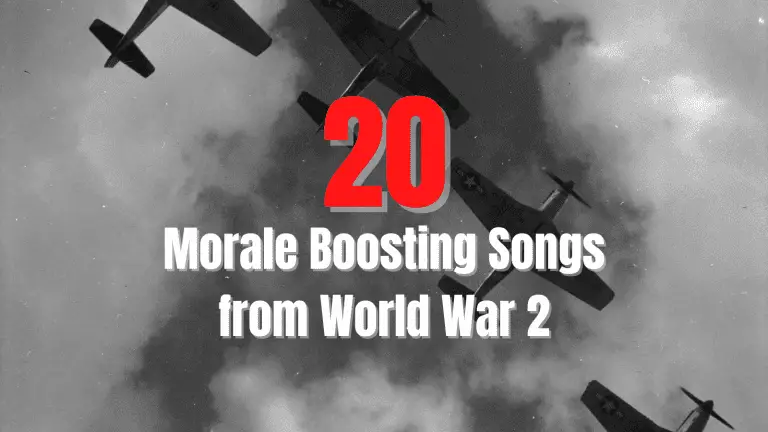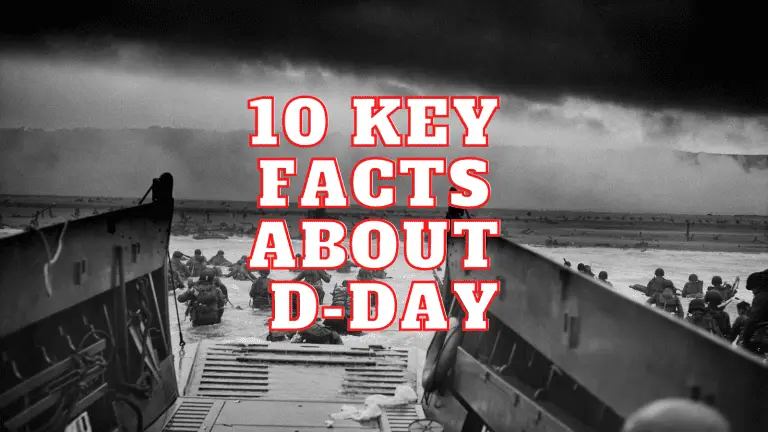What did Prince Philip do during the second world war?
Prince Philip of Greece and Denmark, and later consort of Queen Elizabeth of Great Britain, was born on the 10th of June 1921 on the island of Corfu in Greece. Following the fall out of World War One, his father and most of the royal family in Greece were exiled the following year, leading them to live in France. Prince Philip was educated in three different countries throughout his childhood and teenage years before he joined the British Royal Navy in 1939 straight out of school. Following the Second World War, Philip married Princess Elizabeth on the 20th of November 1947 after her father, King George VI, granted them permission in the previous summer. Philip would become the longest-serving royal consort in history, from Princess Elizabeth’s rise to the throne on February 6th, 1952, until his death 69 years later. Prince Philip passed away in his home of Windsor Castle on April 9th, 2021, aged 99. Prince Philip certainly had a long and unique life; his experiences of the Second World War should be discussed further as his time with the Royal Navy was as adventurous and unique as the rest of his life.
[/et_pb_text][/et_pb_column][/et_pb_row][et_pb_row _builder_version=”4.14.8″ _module_preset=”default” global_colors_info=”{}”][et_pb_column type=”4_4″ _builder_version=”4.14.8″ _module_preset=”default” global_colors_info=”{}”][et_pb_text _builder_version=”4.14.8″ _module_preset=”default” global_colors_info=”{}”]Training and First Posting
[/et_pb_text][/et_pb_column][/et_pb_row][et_pb_row column_structure=”1_5,3_5,1_5″ _builder_version=”4.14.8″ _module_preset=”default” global_colors_info=”{}”][et_pb_column type=”1_5″ _builder_version=”4.14.8″ _module_preset=”default” global_colors_info=”{}”][/et_pb_column][et_pb_column type=”3_5″ _builder_version=”4.14.8″ _module_preset=”default” global_colors_info=”{}”][et_pb_image src=”http://historywithhenry.com/wp-content/uploads/2022/03/1-5.png” alt=”What did Prince Philip do during the second world war?” title_text=”1″ _builder_version=”4.14.8″ _module_preset=”default” global_colors_info=”{}”][/et_pb_image][/et_pb_column][et_pb_column type=”1_5″ _builder_version=”4.14.8″ _module_preset=”default” global_colors_info=”{}”][/et_pb_column][/et_pb_row][et_pb_row _builder_version=”4.14.8″ _module_preset=”default” global_colors_info=”{}”][et_pb_column type=”4_4″ _builder_version=”4.14.8″ _module_preset=”default” global_colors_info=”{}”][et_pb_text _builder_version=”4.14.8″ _module_preset=”default” custom_padding=”0px|||||” global_colors_info=”{}”]Philip joined the Britannia Royal Naval College in Dartmouth just before the outbreak of the Second World War. It was here that officer training for all new cadets took place; Prince Philip would leave the academy months later with the title of ‘Best Cadet’, and join the Royal Navy as a midshipman, the lowest ranking officer in the British Navy. From January 1940 to May 1940, Philip was stationed aboard the HMS Ramilles, a revenge-class super-dreadnought battleship. The HMS Ramilles was used on protective convoy duty for the Australian Expeditionary Forces whilst Philip was aboard.
[/et_pb_text][/et_pb_column][/et_pb_row][et_pb_row _builder_version=”4.14.8″ _module_preset=”default” global_colors_info=”{}”][et_pb_column type=”4_4″ _builder_version=”4.14.8″ _module_preset=”default” global_colors_info=”{}”][et_pb_text _builder_version=”4.14.8″ _module_preset=”default” global_colors_info=”{}”]Prince Philip’s involvement in the Battle of Crete
[/et_pb_text][/et_pb_column][/et_pb_row][et_pb_row column_structure=”1_5,3_5,1_5″ _builder_version=”4.14.8″ _module_preset=”default” global_colors_info=”{}”][et_pb_column type=”1_5″ _builder_version=”4.14.8″ _module_preset=”default” global_colors_info=”{}”][/et_pb_column][et_pb_column type=”3_5″ _builder_version=”4.14.8″ _module_preset=”default” global_colors_info=”{}”][et_pb_image src=”http://historywithhenry.com/wp-content/uploads/2022/03/2-5.png” alt=”What did Prince Philip do during the second world war?” title_text=”2″ _builder_version=”4.14.8″ _module_preset=”default” global_colors_info=”{}”][/et_pb_image][/et_pb_column][et_pb_column type=”1_5″ _builder_version=”4.14.8″ _module_preset=”default” global_colors_info=”{}”][/et_pb_column][/et_pb_row][et_pb_row _builder_version=”4.14.8″ _module_preset=”default” global_colors_info=”{}”][et_pb_column type=”4_4″ _builder_version=”4.14.8″ _module_preset=”default” global_colors_info=”{}”][et_pb_text _builder_version=”4.14.8″ _module_preset=”default” global_colors_info=”{}”]When the Italian campaign of Greece began on the 28th of October 1940, Prince Philip was transferred to the HMS Valiant in the Mediterranean Fleet. The HMS Valiant was a Queen-Elizabeth class battleship built during the First World War. Italy’s invasion of Greece was launched through Italian-controlled Albania. Within months, the country would be under Axis control. The Mediterranean Fleet played a crucial role in forcing the Axis forces into the lengthy battles in the power struggle for the country. The fleet was key in launching successful aircraft carrier attacks. From there, the HMS Valiant with Prince Philip aboard would be part of both the Battle of Matapan and Battle of Crete.
The Battle of Cape Matapan ran for only three days, from the 27th to the 29th of March 1941. The naval battle took place entirely off the South-West Coast of the Peloponnesian peninsula of Greece. It was here that Prince Philip operated searchlights on the HMS Valiant. It was his responsibility to search for Italian vessels and planes in the darkness of the night. In a 1995 interview, Philip described how radars picked up on a nearby Italian ship and were ordered to search for it in the pitch black. Philip found the enemy target vessel less than 2 kilometres from the HMS Valiant. He said that as soon as he illuminated the side of the boat, the gunshots rang out. The Battle of Cape Matapan ended in an Allied victory as the allies lost only three men in the fight, whereas the Italian forces lost 2300 men with a further 1000 captured by British forces.
The Battle of Crete began on the 20th of May 1941 with the Nazi air invasion of the Greek island whilst Greek, British, Australian, and Kiwi forces desperately defended for almost two full weeks. In the same 1995 interview discussing his experience of being in the Navy during the war, Prince Philip said that “it was not a question of the fright, it was just amazement that something like this could actually happen.” Philip was only 21 years old when he witnessed the Axis capture of Crete at the beginning of June 1941. The battle ended with 19 Royal Navy ships destroyed and a further 22 damaged, and 23,000 total Allied casualties.
[/et_pb_text][/et_pb_column][/et_pb_row][et_pb_row _builder_version=”4.14.8″ _module_preset=”default” global_colors_info=”{}”][et_pb_column type=”4_4″ _builder_version=”4.14.8″ _module_preset=”default” global_colors_info=”{}”][et_pb_text _builder_version=”4.14.8″ _module_preset=”default” global_colors_info=”{}”]Prince Philip saved HMS Wallace
[/et_pb_text][/et_pb_column][/et_pb_row][et_pb_row _builder_version=”4.14.8″ _module_preset=”default” global_colors_info=”{}”][et_pb_column type=”4_4″ _builder_version=”4.14.8″ _module_preset=”default” global_colors_info=”{}”][et_pb_text _builder_version=”4.14.8″ _module_preset=”default” global_colors_info=”{}”]The following year, Prince Philip took part in the Anglo-American invasion of Sicily in the Summer of 1943, named Operation Husky. It was here that Philip was moved to the HMS Wallace; this was where he became First Lieutenant, 2nd in command of the entire ship at a young age. It was during the invasion of Sicily that Prince Philip was credited with saving the lives of everyone onboard the HMS Wallace. The ship has sustained damage and been set ablaze by the enemy bombers who were zipping around the fleet overhead. Prince Philip came up with the plan to launch a makeshift wooden raft set on fire into the water as a distraction technique. Miraculously, the plan succeeded as the enemy bombers targeted the raft whilst the HMS Wallace managed to slip away to safety.
[/et_pb_text][/et_pb_column][/et_pb_row][et_pb_row _builder_version=”4.14.8″ _module_preset=”default” global_colors_info=”{}”][et_pb_column type=”4_4″ _builder_version=”4.14.8″ _module_preset=”default” global_colors_info=”{}”][et_pb_text _builder_version=”4.14.8″ _module_preset=”default” global_colors_info=”{}”]Transferred to the Pacific Fleet
[/et_pb_text][/et_pb_column][/et_pb_row][et_pb_row column_structure=”1_5,3_5,1_5″ _builder_version=”4.14.8″ _module_preset=”default” global_colors_info=”{}”][et_pb_column type=”1_5″ _builder_version=”4.14.8″ _module_preset=”default” global_colors_info=”{}”][/et_pb_column][et_pb_column type=”3_5″ _builder_version=”4.14.8″ _module_preset=”default” global_colors_info=”{}”][et_pb_image src=”http://historywithhenry.com/wp-content/uploads/2022/03/3-5.png” alt=”What did Prince Philip do during the second world war?” title_text=”3″ _builder_version=”4.14.8″ _module_preset=”default” global_colors_info=”{}”][/et_pb_image][/et_pb_column][et_pb_column type=”1_5″ _builder_version=”4.14.8″ _module_preset=”default” global_colors_info=”{}”][/et_pb_column][/et_pb_row][et_pb_row _builder_version=”4.14.8″ _module_preset=”default” global_colors_info=”{}”][et_pb_column type=”4_4″ _builder_version=”4.14.8″ _module_preset=”default” global_colors_info=”{}”][et_pb_text _builder_version=”4.14.8″ _module_preset=”default” global_colors_info=”{}”]The following year, Prince Philip was moved onto the HMS Whelp, which saw service with the British Pacific Fleet. The HMS Whelp was a brand-new W-class destroyer built in 1944 in South Tyneside, where Prince Philip was stationed as he awaited the completion of the construction. It was here that Philip and Elizabeth wrote back and forth often after their meeting at a mutual cousin’s wedding and at Dartmouth. It was at 24 years old that Philip, stationed with the Pacific Fleet, would see the devastation caused by the dropping of the atomic bomb on Hiroshima on August 6th, 1945. From there the HMS Wallace was a part of the escort crew for the USS Missouri into Tokyo Bay when the surrender came on the 15th of August after an atomic bomb also fell on Nagasaki. Prince Philip could see the signing of the surrender taking place on the deck of the USS Missouri through his binoculars as the HMS Wallace sat a mere 200 meters away. Prince Philip’s final actions in the Second World War saw him with the crew of the HMS Wallace escorting prisoners of war away from Tokyo Bay.
There is no doubt that Prince Philip’s naval career was more successful and adventurous than that of the average Navy officer. Joining the Navy at just 19 as the lowest rank and leaving as one of the youngest Lieutenants in British Naval history, Prince Philip saw action in crucial turning points throughout the war. From the Axis invasion of Crete in 1941 to witnessing the war come to its conclusion in person in 1945, it is certain that Philip saw the Second World War unlike anyone else.
[/et_pb_text][/et_pb_column][/et_pb_row][/et_pb_section]





